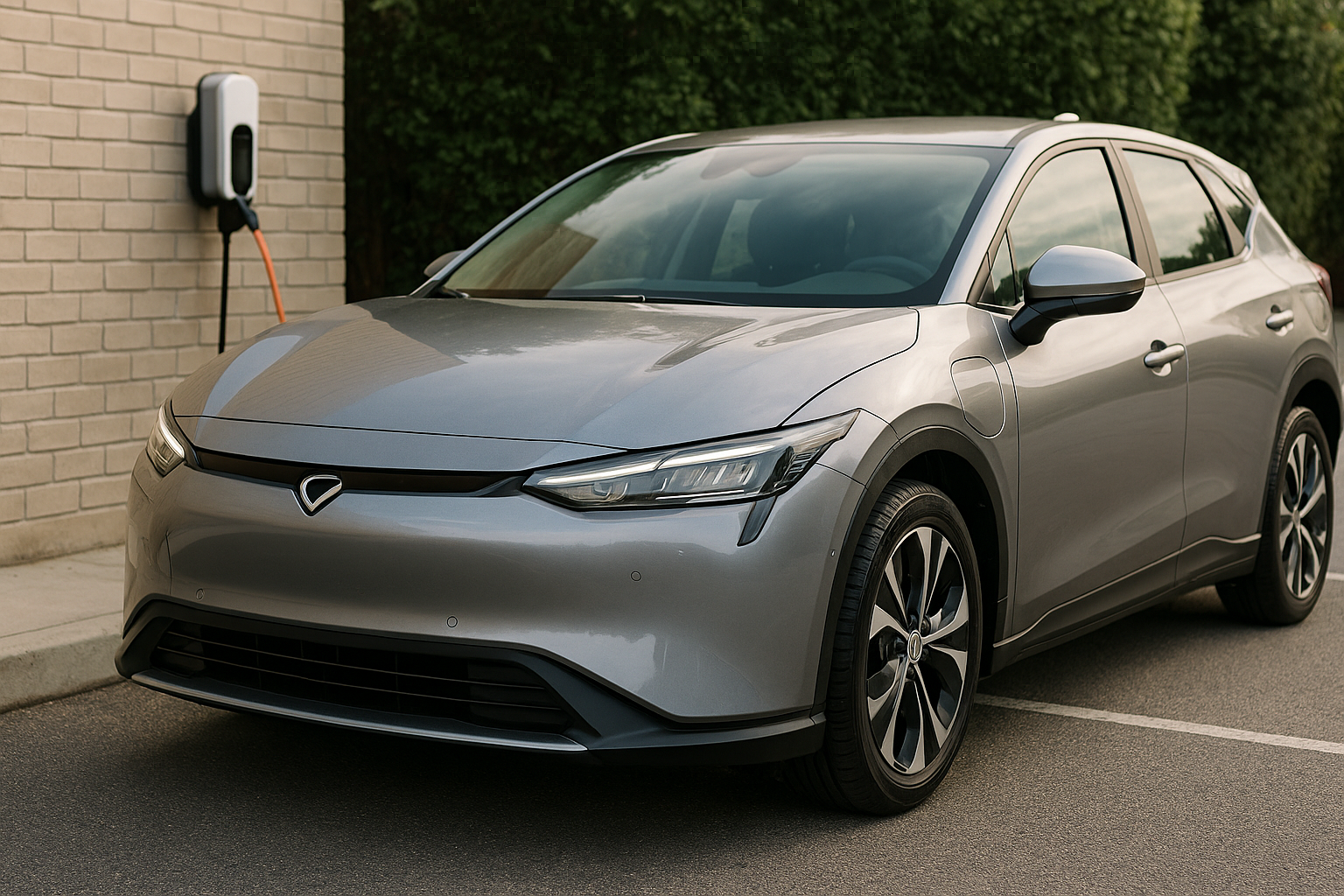Hook: Electric vehicles depreciate faster in the first few years than you might expect. With sticker prices still high, gap insurance EV coverage can protect you from owing more than your car’s value if it’s totaled or stolen. But is new car gap coverage really worth the extra cost? Read on to find out.
- Why EVs depreciate differently than gas‑powered cars
- How gap insurance works and what it covers
- Key factors to consider before adding gap protection
Why New EVs Depreciate Rapidly
Several factors cause electric vehicles to lose value quickly:
- Technology Advances: Battery range and charging speeds improve every year, leaving last year’s model less desirable.
- Incentives & Tax Credits: Federal and state rebates can reduce new‑car prices, but they don’t apply to used vehicles.
- Leasing & Fleet Sales: Many EVs enter the used market after short leases, increasing supply and pushing down prices.
As a result, a new EV can lose 30–40% of its value in the first three years—more than many gasoline cars. If you finance or lease, you may end up “upside down” on your loan, owing more than the market value.
What Is Gap Insurance for EVs?
Gap insurance (Guaranteed Asset Protection) covers the “gap” between your vehicle’s actual cash value (ACV) and the balance you owe on your auto loan or lease. In a total loss event, standard collision or comprehensive insurance pays only the ACV—often leaving you responsible for the remaining loan balance.
- Loan Payoff Coverage: Gap insurance pays off any remaining principal, minus your deductible.
- Acquisition Fees: Some plans cover lease‑end fees or disposition charges if the vehicle is totaled.
- Tax & Title Reimbursement: In select states, gap policies reimburse sales tax and registration fees on the replacement vehicle.
For a financed or leased EV, gap coverage can be purchased from your insurer, the dealership, or sometimes via the lender.
Calculating Your Gap Exposure
To determine if you need gap insurance EV coverage, estimate:
- Purchase Price: Subtract any down payment, rebate, or trade‑in credit.
- Expected Depreciation: Research depreciation curves for your make and model using tools like Kelley Blue Book or Edmunds.
- Loan Amortization: Review your loan amortization schedule—initial payments apply mostly to interest, slowing principal reduction.
If your outstanding balance exceeds the projected ACV within the first 2–3 years, gap coverage can shield you from that shortfall.
Pros and Cons of New Car Gap Coverage
Pros
- Financial Protection: Avoid hefty out‑of‑pocket expenses if your EV is totaled.
- Peace of Mind: Drive confidently knowing you won’t be stuck with a negative equity loan.
- Convenience: Many insurers bundle gap coverage with comprehensive at a modest premium increase (often $20–$30/year).
Cons
- Additional Cost: Paying for coverage you may never use can feel wasteful if you avoid total losses.
- Coverage Limits: Some gap policies cap the amount they’ll pay or exclude certain fees—read the fine print carefully.
- Variable Availability: Not all insurers offer gap coverage for EVs; dealership or lender options may be overpriced.
Tips for Choosing the Right Gap Policy
- Compare Quotes: Get pricing from your auto insurer, the dealership’s finance office, and your lender to find the best rate.
- Check Inclusions: Ensure the policy covers lease acquisition/disposition fees, sales tax reimbursement, and any deductible differences.
- Evaluate Deductibles: Some policies waive your physical‑damage deductible if your insurer totals the vehicle.
- Time Your Purchase: Gap coverage is most valuable within the first 36 months; you can often add it mid‑term if you change your mind.
- Review Cancellation Terms: If you pay upfront, confirm you’ll get a refund for unused months if you sell or pay off your loan early.
Real‑World Example
Sarah buys a $55,000 EV with a $5,000 down payment and a 72‑month loan at 3.5% APR. After one year, her loan balance is $47,800, but the EV’s ACV has dropped to $40,000. Without gap coverage, she’d owe $7,800 out of pocket if her car is totaled. At an annual gap insurance cost of $25, Sarah pays $75 over three years to avoid that potential loss.
FAQs
- Q1: Can I add gap insurance EV coverage after purchase?
- A1: Yes—most insurers allow gap coverage to be added within the first 30–60 days. After that window, it may be unavailable or more expensive.
- Q2: Does gap insurance cover EV battery replacement?
- A2: No—gap insurance only addresses loan‑to‑value shortfalls in a total loss. Battery repairs or replacements fall under your warranty or comprehensive coverage.
- Q3: Is gap coverage tax‑deductible?
- A3: Generally, gap insurance premiums are not tax‑deductible for personal vehicles. Consult your tax advisor for specific guidance.
Conclusion & Next Steps
For many buyers of high‑value new EVs, gap insurance EV protection is a small price to pay for avoiding large negative equity surprises. Assess your depreciation risk, compare policy options for new car gap coverage, and add protection if your loan balance is likely to outpace your EV’s value. With the right gap policy in place, you can drive your electric vehicle worry‑free—even in the event of a total loss.
